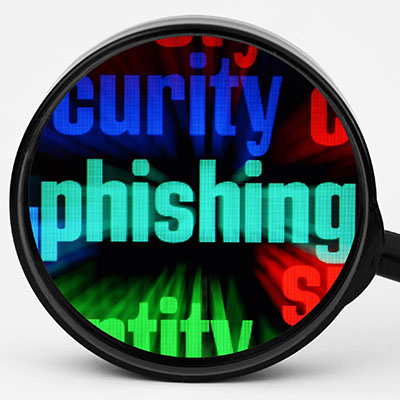People fall prey to phishing attacks every day. They’re difficult to prevent, partly because a lot of employees aren’t aware of the warning signs and the risk of malware infection that they pose. Your staff are a key resource in keeping your network and data safe, and knowing what to look for can be an important defense against cybercriminals. Here’s a short guide to what phishing attacks look like.
What Is Phishing?
Phishing is a favorite scam carried out by online fraudsters. It can be used to steal data, obtain confidential information or gain access to an organization’s network. How do they do this? A message will be sent to a member of your staff, designed to persuade them to engage and reveal the information the scammers want. It’s a lot harder these days for cybercriminals to breach security protections, as developers have stepped up to the challenge of keeping them out. Scams such as phishing attacks rely instead on conning people into revealing crucial information that will allow them to access systems or commit other online fraud. It’s much easier to fool someone into revealing a password than to crack a password remotely, for example.
Traditionally, most phishing attacks have been perpetrated by means of email, though other means are also used: SMS messages with malware-infected links, online forms and even phone calls. It’s important that your staff not only recognize the threat that emails may cause, but also issues with other types of communication. Any suspicious messages should immediately be reported and acted upon to neutralize the security risk.
Identifying a Phishing Attack
Cybercriminals work hard to make their fake messages seem authentic, but there are often tell-tale signs that something is wrong.
- • A mismatched tone, which doesn’t ‘sound’ like the person or organization it purports to come from
- • Spelling, grammatical and other errors, such as email addresses, domain names and links that don’t seem to match up
- • Messages that arrive unsolicited, apparently out of nowhere
- • Attachments that seem incongruous or strange; these may be laden with malware
- • Content that tries to pressurize the recipient into responding immediately, sometimes backed up with threats of severe consequence if no response is forthcoming
- • Requests that are unusual, or that explicitly ask for sensitive and/or confidential information
- • Messages that don’t seem right, but in a way that encourages the recipient to investigate further
The ‘best’ (or worst) phishing attacks don’t raise suspicions but often the warning signs are there. All computer users should be alert to the warning signs, and to err on the side of caution if anything seems odd. The consequences of thinking ‘Oh, it’s probably fine’ could be devastating.
We’re Here to Help You Avoid Scams!
Our IT experts at Quikteks can help you protect your business from phishing attacks. For help and advice on this and other tech security problems, call us at (973) 882-4644.

